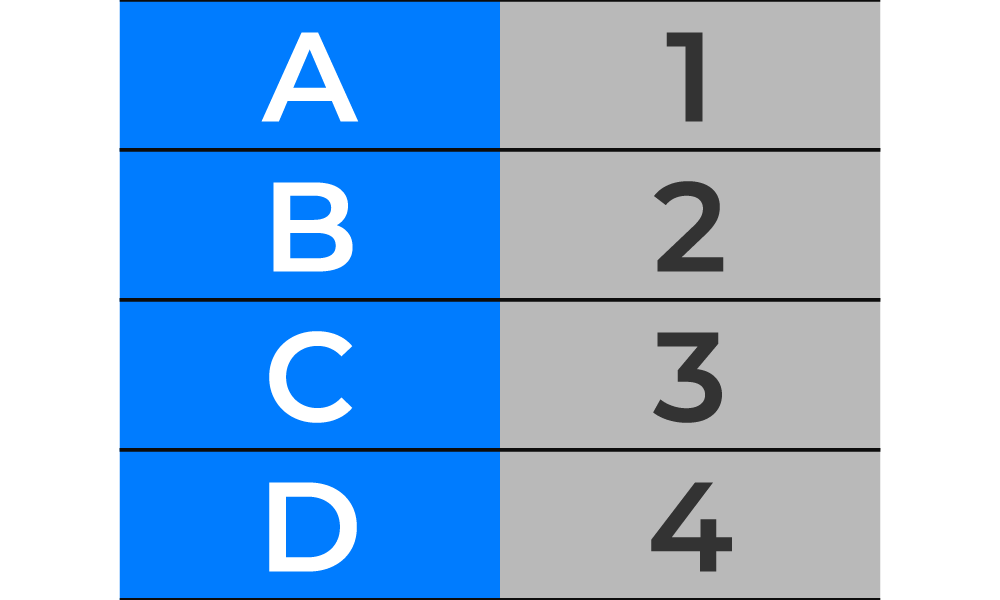Types of Currencies
Learn about the different types of currencies in the market: Fiat Money, Digital Currency, and Cryptocurrency
Let’s dive right into the world of Bitcoin! But first, let’s define these three terms: Fiat Money, Digital Currency, and Cryptocurrency.
Fiat vs Digital vs Crypto

Digital currency is any type of currency that is managed, stored, and exchanged on digital computer systems, especially online. An example would be the virtual pesos you store on GCash. Other types of digital currencies are “virtual currencies” like loyalty reward points from your local grocery or telco companies.
Last but certainly not least, Cryptocurrency is a type of digital currency based on cryptography. It’s peer-to-peer and is usually decentralized. Don’t worry, we’ll get to that later!
Cryptocurrency is a type of digital currency. However, they are not exactly the same. Therefore, all cryptocurrencies are digital currencies, but not all digital currencies are cryptocurrencies.
Cryptocurrency 101

Crypto is derived from the word cryptography, which refers to the practice of securing communication in the presence of adversaries or bad actors. Simply put, cryptography is the practice of hiding information.
Here’s an example of how cryptography works:
Let’s say Pedro wants to send Darna a secret message that only Darna can read. To do this, they both must memorize the table below.

As Pedro sends “ADC” to Darna, Darna will interpret it as 143.
This way, Pedro and Darna can safely communicate with one another without having to worry about other people understanding what they are talking about.
The example above is a simplified case of cryptography. What Bitcoin uses is what we call asymmetric cryptography, which allows Bitcoin’s transactions to be verifiable, not prone to counterfeit, and secure from any form of tampering.
Currency, on the other hand, is a medium of exchange and a money system used most commonly within countries and nations. Examples of these are the Philippine Peso (PHP), United States Dollar (USD), European Dollar (EUR), or Japanese Yen (JPY).

A cryptocurrency is a type of digital currency secured by cryptography — making it nearly impossible to counterfeit or hack.
Usually, cryptocurrencies are blockchain-based, which makes most of them decentralized.
Basically:
Blockchain – the technology behind Bitcoin
Decentralized – the state of having no one entity in control

Powered by Bitskwela
Got more questions about Crypto and NFTs?
Check out our GCrypto Learning Hub to learn more!




